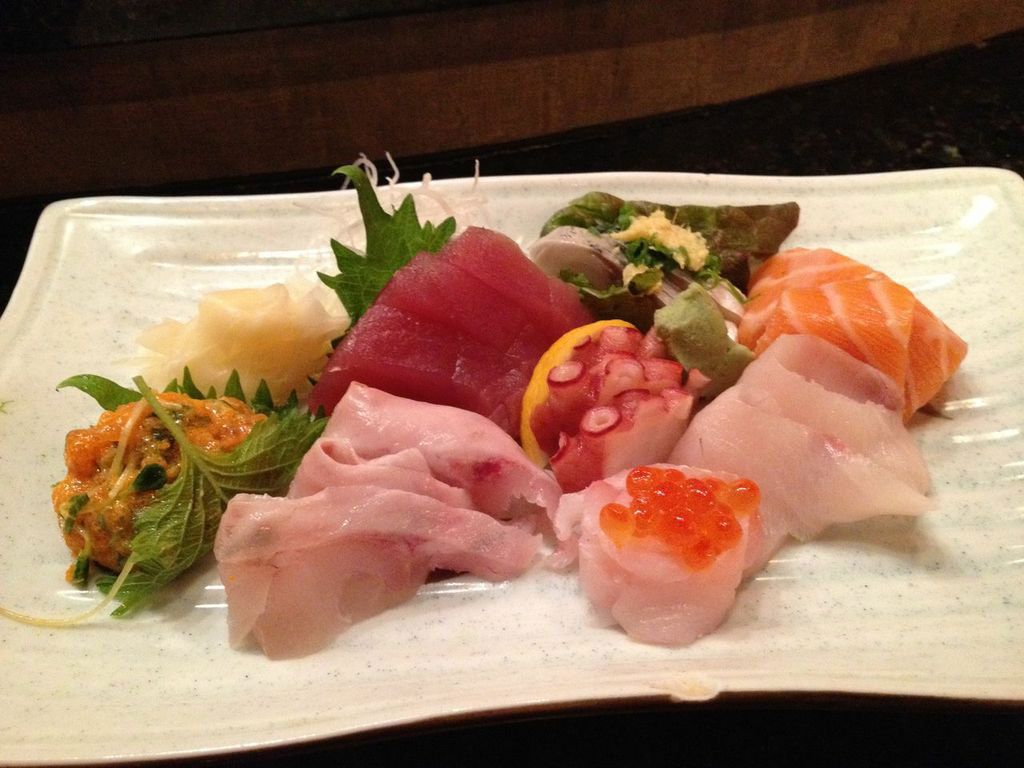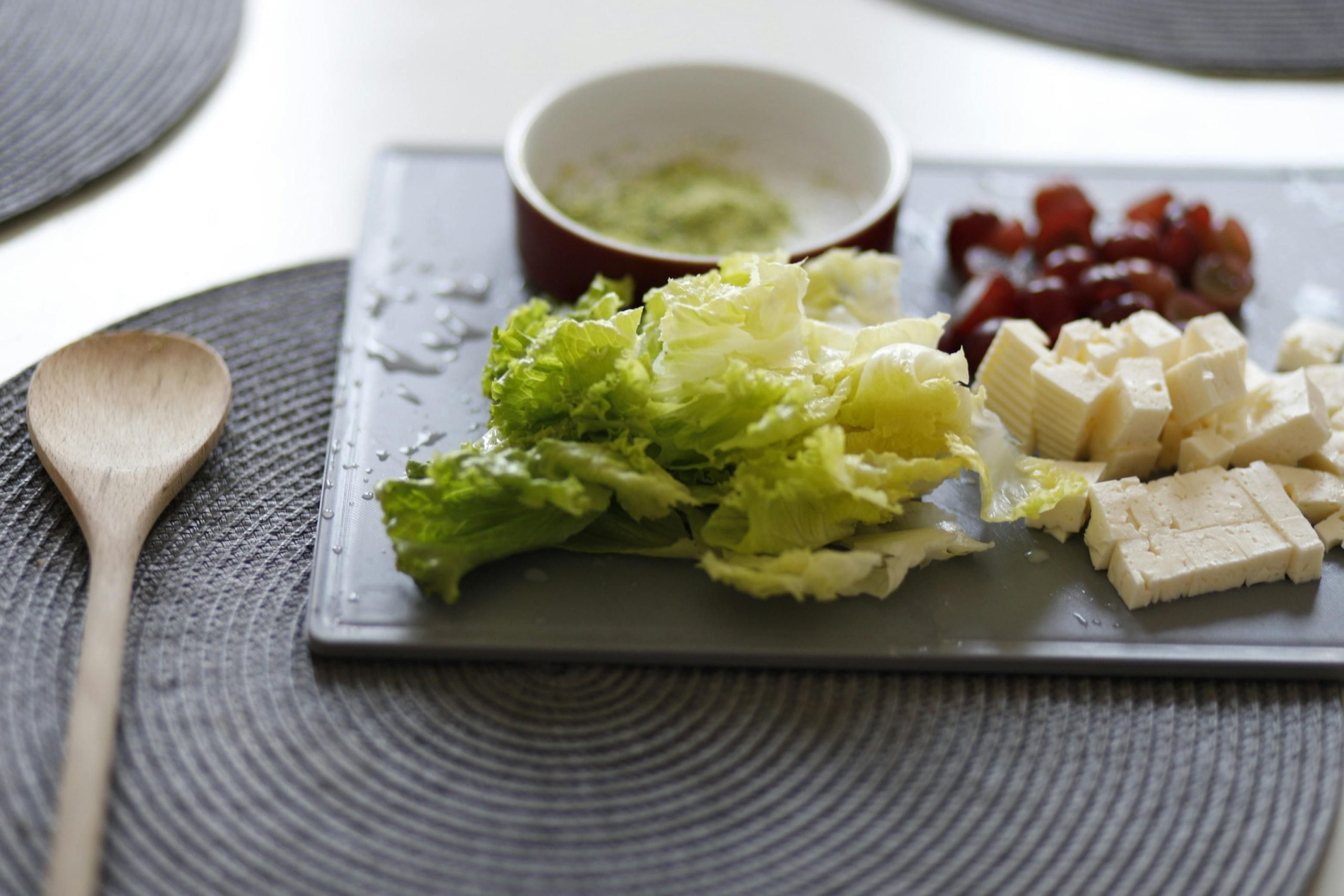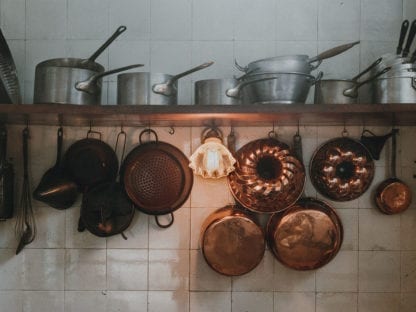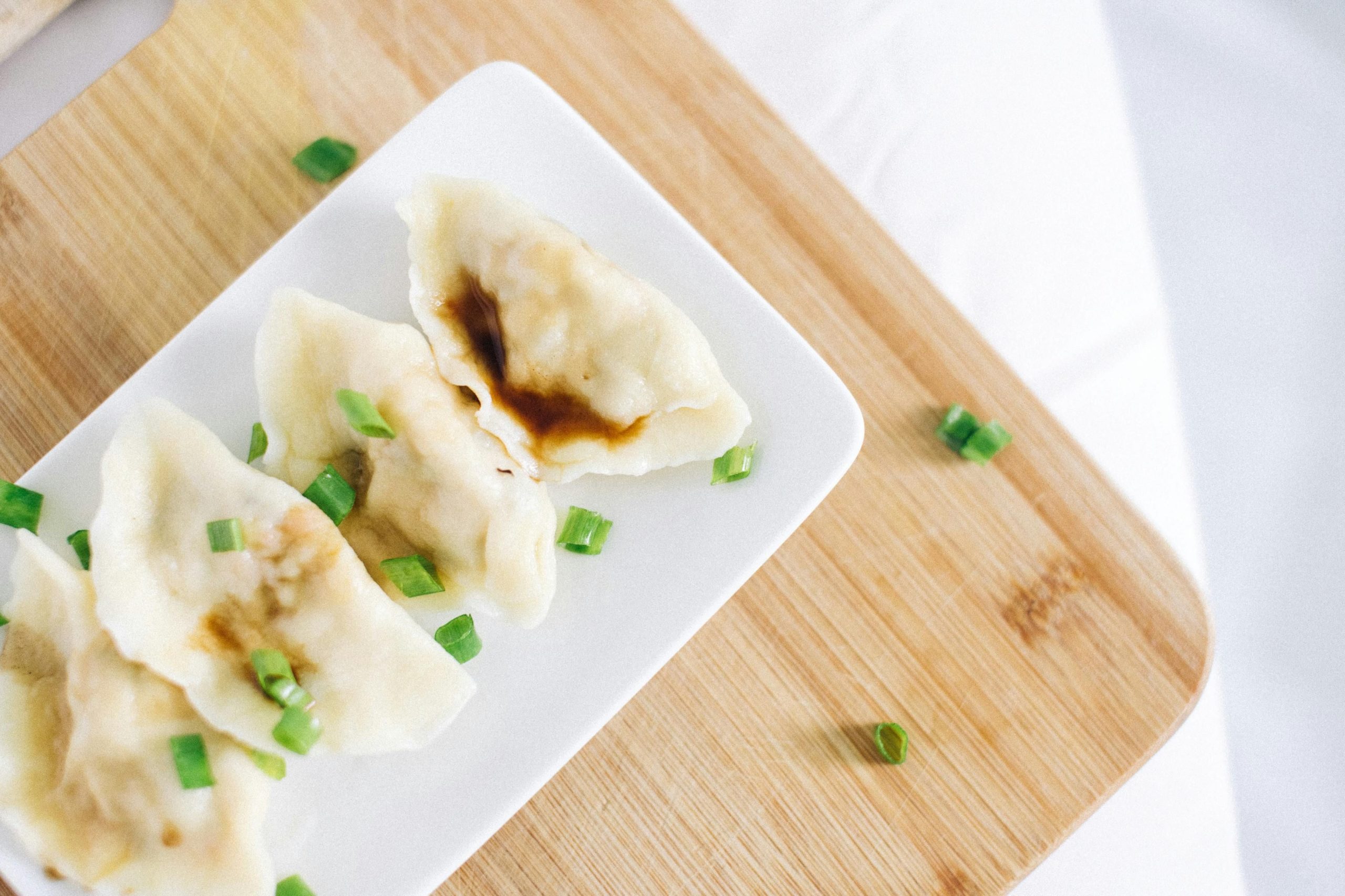Have you ever wondered about the unique flavours and traditions behind raw Chinese food?
Despite common misconceptions, raw Chinese cuisine offers a diverse array of dishes that are both delicious and steeped in history.
Raw Chinese food, such as Yu Saang and Yu Kui, involves meticulously prepared raw fish dishes often enhanced with flavourful sauces like garlic black bean sauce.
This blog will take you on a journey through the history, preparation methods, and cultural significance of raw Chinese food, from traditional fishcakes to the art of steaming fish heads.
The Historical Roots of Raw Chinese Food
The consumption of raw food in Chinese history dates back to the Paleolithic period, when early humans primarily subsisted on raw meat, fruits, and vegetables. This era, devoid of cooking, laid the foundational dietary habits that would evolve significantly over millennia. The invention of fire by an ancient ancestor marked the beginning of a transformative era in Chinese food history, gradually shifting from raw to cooked foods.
As Chinese society progressed, particularly through the dynastic periods, the integration of various regional and cultural influences began to shape what we now recognise as traditional Chinese cuisine. Key developments included:
- The introduction of new ingredients and cooking methods from neighbouring regions.
- The gradual emergence of distinct culinary styles, which later evolved into the renowned “Eight Cuisines” of China.
- The refinement of raw food preparation, particularly in dishes involving raw fish, which remained a staple.
The historical roots of raw Chinese food are not just about the ingredients or methods used; they also reflect the deep cultural significance and regional variations that have influenced Chinese eating habits over centuries. Today, raw dishes like Yu Saang and Yu Kui showcase the sophisticated evolution of raw food within Chinese cuisine, celebrating both its ancient origins and modern adaptations.
Soused Foods in Traditional Chinese Cuisine

Soused foods, often referred to as pickled or marinated, play a significant role in traditional Chinese cuisine, particularly in the preparation of raw ingredients. This method not only enhances the flavour of the food but also extends its shelf life, making it a practical technique in culinary practices. The process typically involves immersing raw foods in a mixture of ingredients such as vinegar, wine, and various spices, which imparts a unique taste and texture to the dishes.
In Chinese cuisine, the art of soused foods is evident in numerous regional specialties. For example:
- Szechuan pickled vegetables, known for their spicy and tangy flavour profile, are a staple in local diets.
- Soused fish, often found in coastal regions, where the freshness of the catch is highlighted by mild souring agents.
This method not only preserves the raw ingredients but also infuses them with robust flavours, reflecting the deep-rooted culinary traditions of China.
The Role of Mixed Sauce in Raw Chinese Food
In the realm of raw Chinese cuisine, sauces play a pivotal role in defining the flavours and textures of the dishes. Among these, mixed sauces, particularly those that blend multiple ingredients, are essential for enhancing the sensory experience. These sauces are not just add-ons but are integral to the dish, melding seamlessly with the raw ingredients to elevate the overall taste. This unique characteristic of mixed sauces makes them a crucial element in dishes like Yu Saang and Yu Kui, where they complement the delicate flavours of the raw fish.
The effectiveness of mixed sauces in raw Chinese dishes lies in their ability to balance flavour, moisture, and aroma. A well-crafted sauce can transform a simple dish into a complex, flavourful experience. Ingredients such as soy sauce, vinegar, and various spices are commonly used to achieve this harmony. These components are carefully selected and blended to create sauces that not only enhance the taste but also contribute to the dish’s visual appeal and texture, making each bite a perfect symphony of flavours.
Garlic Black Bean Sauce: A Taste Profile

Garlic Black Bean Sauce is a standout amongst mixed sauces used in raw Chinese food. Known for its deep, rich flavour, this sauce combines fermented black beans with garlic, imparting a bold, umami-packed taste that is both earthy and slightly spicy. The sauce’s complexity is further enhanced by the addition of soy sauce and sometimes a touch of sugar, which balances the saltiness and adds a subtle sweetness. This flavour profile makes garlic black bean sauce a favourite for enhancing the natural flavours of raw dishes without overpowering them.
The preparation of Garlic Black Bean Sauce involves a meticulous process where ingredients are finely chopped and blended to achieve the right texture. It is crucial that the garlic and black beans are prepared to similar sizes to ensure even cooking and flavour distribution. Here are a few tips for making and storing this sauce:
- Finely chop the garlic rather than crushing it to avoid burning during the cooking process.
- Ensure that the sauce is well-soaked in oil to preserve its flavours and extend its shelf life.
This sauce can be stored for several months, making it a convenient and flavourful addition to various dishes in raw Chinese cuisine.
Fishcake in Raw Chinese Cuisine

Fishcake, a versatile and beloved ingredient in raw Chinese food, carries a rich cultural heritage and a variety of culinary uses. Traditionally known as ‘yu bing’ in Chinese, fishcake is crafted from fish paste mixed with other ingredients to enhance its flavour and texture. This preparation method allows fishcake to absorb the essence of accompanying sauces and seasonings, making it a cherished component in many raw dishes.
The preparation of fishcake involves several key steps that contribute to its unique texture and taste:
- Selecting the right type of fish is crucial, typically white fish like cod or haddock.
- The fish is then finely ground to form a smooth paste.
- Seasonings and additives like salt, pepper, and sometimes local spices are mixed in to enrich the flavour.
In raw Chinese cuisine, fishcake is not just a food item; it’s a symbol of culinary artistry that reflects the region’s traditions and flavours. It is often served in various forms such as sliced, diced, or as an accompaniment to main dishes, adding both substance and flair to the raw eating experience. Its ability to blend seamlessly with other ingredients makes fishcake a staple in many celebratory and everyday meals.
Steaming to Perfection: Fish Head in Chinese Cuisine

Steaming fish head is a cherished technique in Chinese cuisine, revered for its ability to enhance the natural flavours and textures of the fish. The process begins with a thoroughly cleaned fish head, often seasoned lightly with salt to draw out its intrinsic tastes. This method of cooking not only preserves the delicate texture of the fish but also infuses it with the subtle aromas of the added seasonings, such as ginger and spring onions, which are placed around and inside the fish head before steaming.
The steaming itself is done over high heat for about 12 minutes, ensuring that the fish head is cooked evenly and retains its moisture, making each bite succulently tender. During this process, the fish head absorbs the flavours of the aromatics, resulting in a dish that is both aromatic and rich in taste. This method highlights the purity and freshness of the fish, making steamed fish head a prized dish in the realm of raw Chinese cuisine.
Pan-Fried Salmon Head: A Culinary Delight
Pan-frying salmon head is a culinary technique that brings out a unique flavour profile, making it a standout dish in raw Chinese cuisine. The process starts with a well-cleaned salmon head, seasoned lightly to enhance its natural flavours. Key seasonings often include a sprinkle of salt and a brush of soy sauce, which help to deepen the taste while maintaining the fish’s inherent freshness. This preparation sets the stage for a cooking method that is both simple and transformative.
The actual frying involves heating a small amount of oil in a pan and then carefully placing the salmon head skin-side down. This method ensures that the skin becomes crisp and golden, adding a delightful texture contrast to the tender flesh inside. The fish is typically cooked on medium heat, allowing it to fry evenly without burning. Once done, the salmon head presents a rich, aromatic flavour, enhanced by the caramelisation of the outer layer and the succulence of the inside, making every bite a harmonious blend of textures and tastes.
Discover Raw Chinese Food with Indulge’s Culinary Tours
INDULGE‘s culinary tours offer a unique opportunity to dive deep into the world of raw Chinese food in Zurich. By joining these tours, you can experience firsthand the intricate flavours and techniques that define this ancient cuisine. These tours are not just about tasting food; they are educational journeys that connect you with the history and cultural significance behind each dish.
Each culinary tour is led by experts who are passionate about Chinese gastronomy. They will guide you through:
- Historic neighbourhoods where these dishes originated.
- Local markets to explore the fresh ingredients used.
- Interactive cooking sessions where you can try your hand at making traditional raw Chinese dishes yourself.
This hands-on approach ensures that you not only taste but also understand and appreciate the complexities of raw Chinese cuisine.
Frequently Asked Questions
Is there raw fish in Chinese cuisine?
Yes, raw fish is a component of Chinese cuisine, specifically in dishes like Yu Saang and Yu Kui, which are meticulously prepared raw fish dishes often enhanced with flavourful sauces.
What is the Chinese version of sashimi?
The Chinese version of sashimi includes dishes such as Yu Saang and Yu Kui, which involve meticulously prepared raw fish, often enhanced with flavourful sauces.
What are raw traditional foods?
Raw traditional foods in Chinese cuisine include dishes such as Yu Saang and Yu Kui, which are raw fish dishes, as well as soused foods like pickled vegetables and soused fish. These foods are enhanced by methods like marinating in vinegar, wine, and spices to extend their shelf life and enhance flavour.








